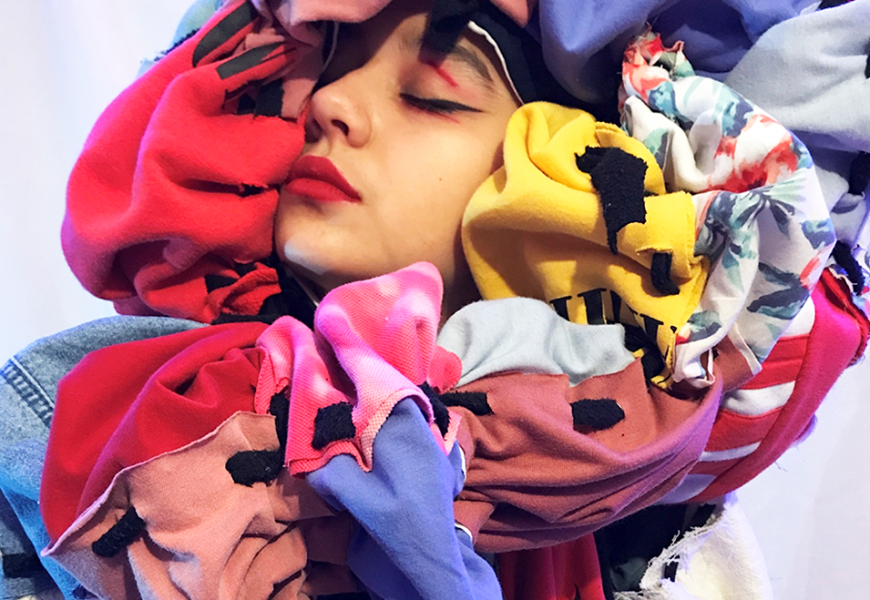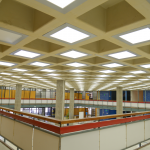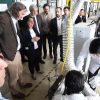How difficult it has been to find your own space in the confinement, the one that Virginia Wolf yearned for so much and that she considered a basic condition to be able to create. This was the commission for the first semester of the Architecture and Ephemeral Spaces subject, which invited to build, using waste materials, an individual refuge within the refuge called home.
By Monserrat Quezada / monquezada@udec.cl / Photographies: Courtesy of FAUG
For ten years, the teacher Marianela Camaño and the students of her Architecture and Ephemeral Spaces course have been in charge, semester after semester, of overthrowing paradigms about the “immovable” of Architecture, generating interventions and performance that, although volatile, remain in the memory of those who live them.
“Ephemeral architecture is a current that works with urban phenomena and is characterized by remaining in space for a limited time. Urban interventions are included here, such as spaces which are temporarily built to host fairs and exhibitions”, explained the architect, adding that “one of its main characteristics is that it is linked to very light materials, different from traditional architecture; fabrics, light, reflections, sounds, it has a lot of sensory. In addition, it seeks to work with what is available in space”.
Thus, for example, they have intervened the university campus with mandalas made of autumn leaves, or night interventions with lights and long-exposure photography.
PANDEMIC
During the pandemic, they have worked precisely with the raw material that students can find in their homes. In the case of the first semester of 2021, the commission was to build a “Domestic Shelter”, that is, a private space made of waste materials from their own homes. “It is about an intimate space from which we understand a territory that must be approached,” explains Camaño.
The student, Paula Troncoso, comments that “it is the first time that I have worked on a real-scale project and this has an impact both personally and on others, in this case our family or the people who live with us. You learn to expand your mind and break the monotony of traditional architecture. In addition, we can take advantage of experimenting with the material and to see how it works”.
For the teacher, meanwhile, “each student carries an imaginary or inner world which is expressed quite freely in this subject. It starts from the premise that there is no single way to be an architect. From this context we understand and we reflect. In addition, there is a parallel learning which has to do with resource management, leadership and roles played by students, among others”.
Thus, the ephemeral becomes memorable. Marianela Camaño also remembers: “For example, I never forget when the students covered the art gallery with plastic bags. It is a very exemplary image of what ephemeral architecture can generate; in order to reflect in a poetic way, stirring something inside you. And you will remember that forever.”
For more information, please contact:
mcamano@udec.cl
Last modified: 2 de junio de 2023





